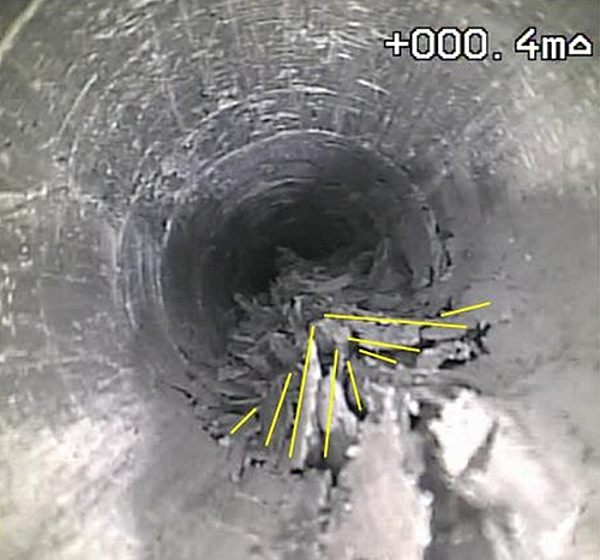Options for surface-based surveys to assess repository sites in argillaceous formations
Options for surface-based surveys to assess repository sites in argillaceous formations
project executing organisation: Federal Office for Radiation Protection (BfS)
project number: UFOPLAN-Vorhaben 3607R02596
The question has been raised as to whether restricting a survey to laboratory investigations on specimens and borehole observations, in particular for sites having sedimentary geosystems such as argillaceous rocks, allows a safety-relevant and reliable estimate of site properties both in terms of a comparison of argillaceous formations with one another as well as for com-parison with sites in saliniferous geosystems. Within the terms of this research project and against this background, consideration is given to four key issues:
- What influence do anisotropic primary rock mass stress states, rock anisotropy and joint-ing have on the load-bearing behaviour of underground openings in an argillaceous rock mass?
- Can the load-bearing behaviour of boreholes be considered as sufficiently representative for the load-bearing behaviour of drifts and emplacement chambers, and which limita-tions exist?
- Can the load-bearing behaviour of argillaceous rock mass be technically measured in boreholes, which fundamental phenomena are observed and can statements on spatial and time-dependent load-bearing behaviour be concluded?
- How should a surface-based survey programme be structured from a geomechanical viewpoint in order to draw meaningful and reliable conclusions for a comparison of sites including sites in argillaceous rock mass?
These questions are reflected within the concluding report initially by way of the results of numerical investigations into the effects of the bedding plane structure as is always present in sedimentary rocks, such as claystones. The final report also presents:the observation results of a two-year borehole observation campaign in the underground laboratory at Mont Terri near St. Ursanne (Switzerland). The key aspect here is the geomechanical influence of pore water.

